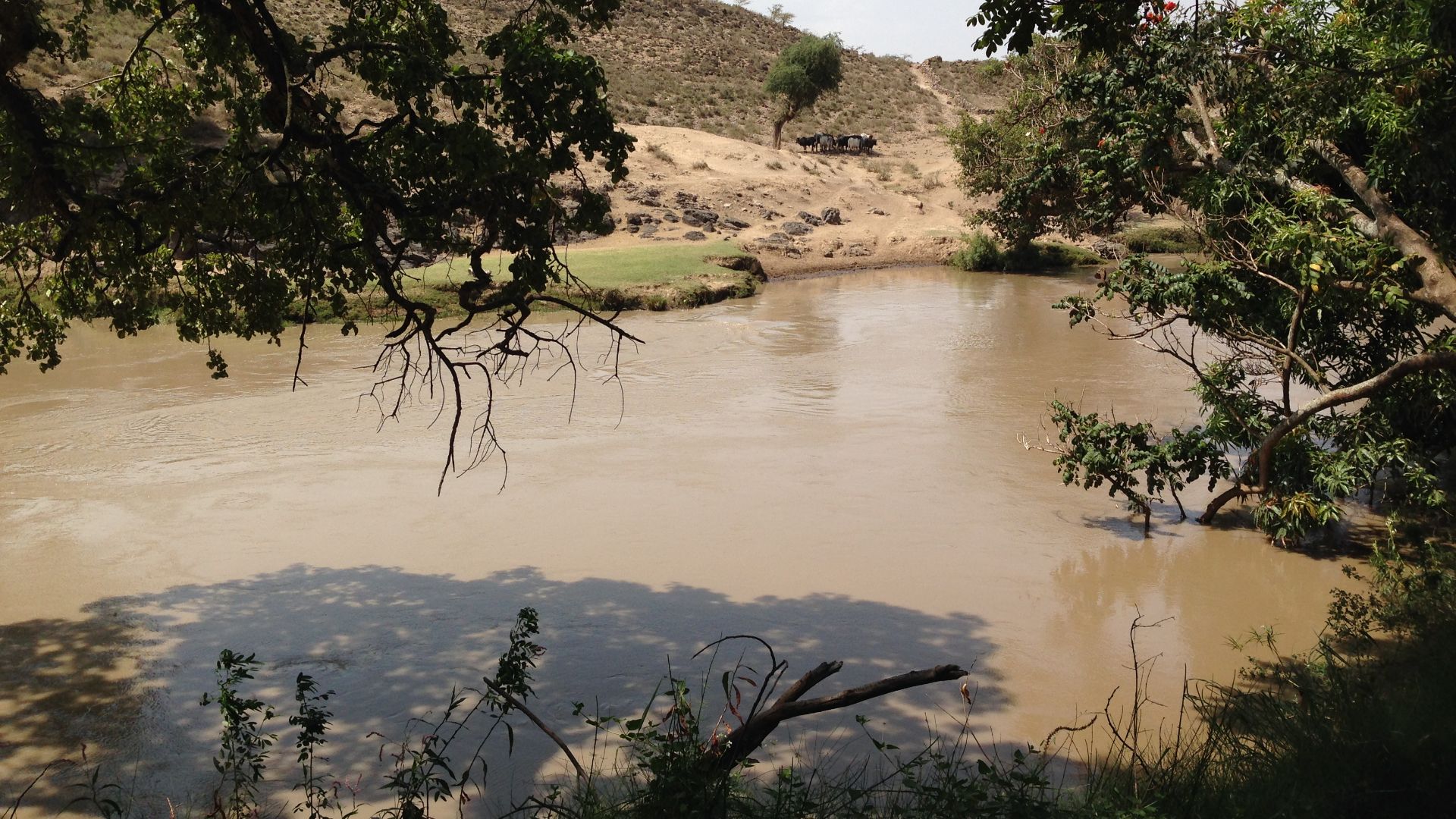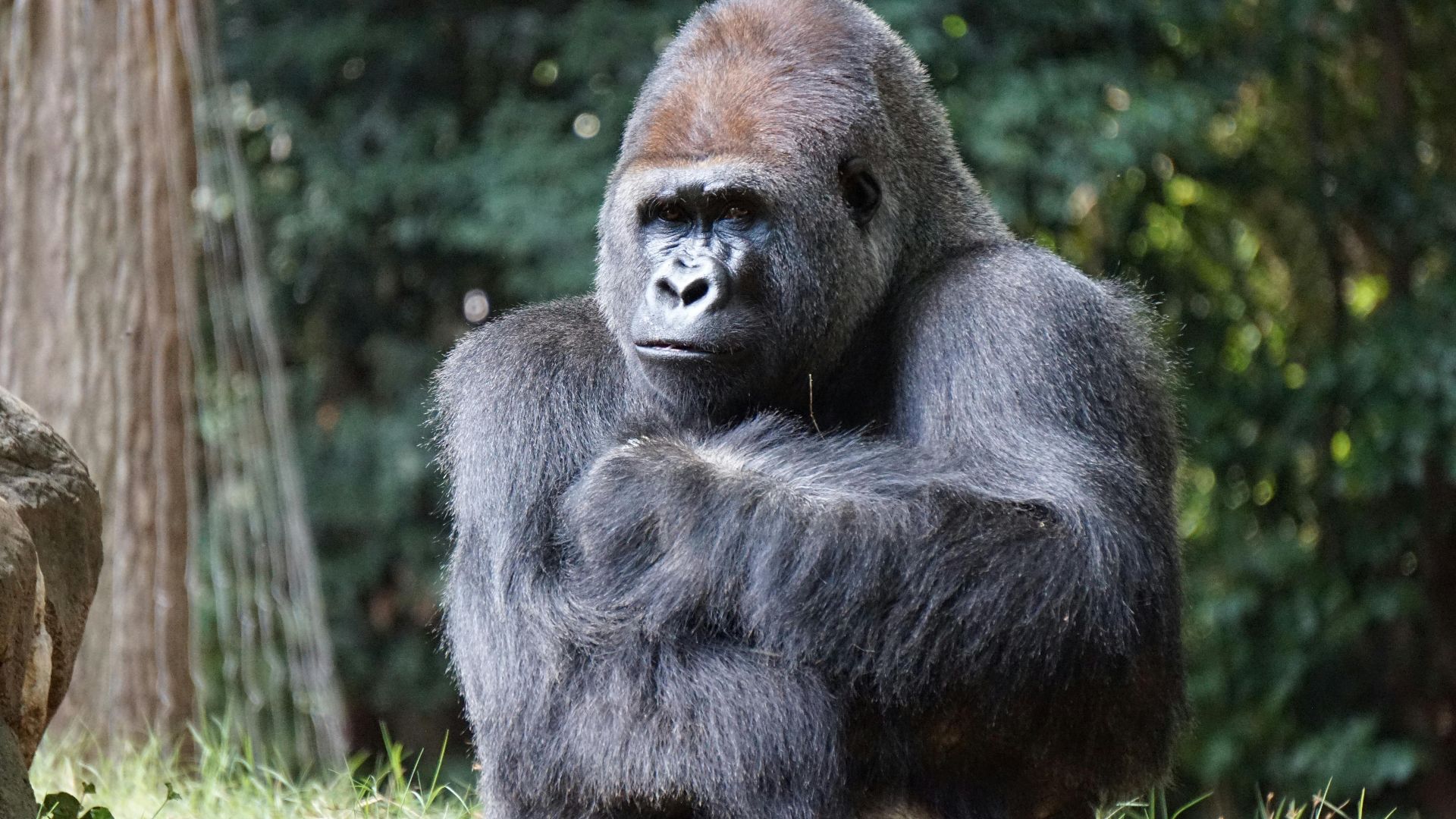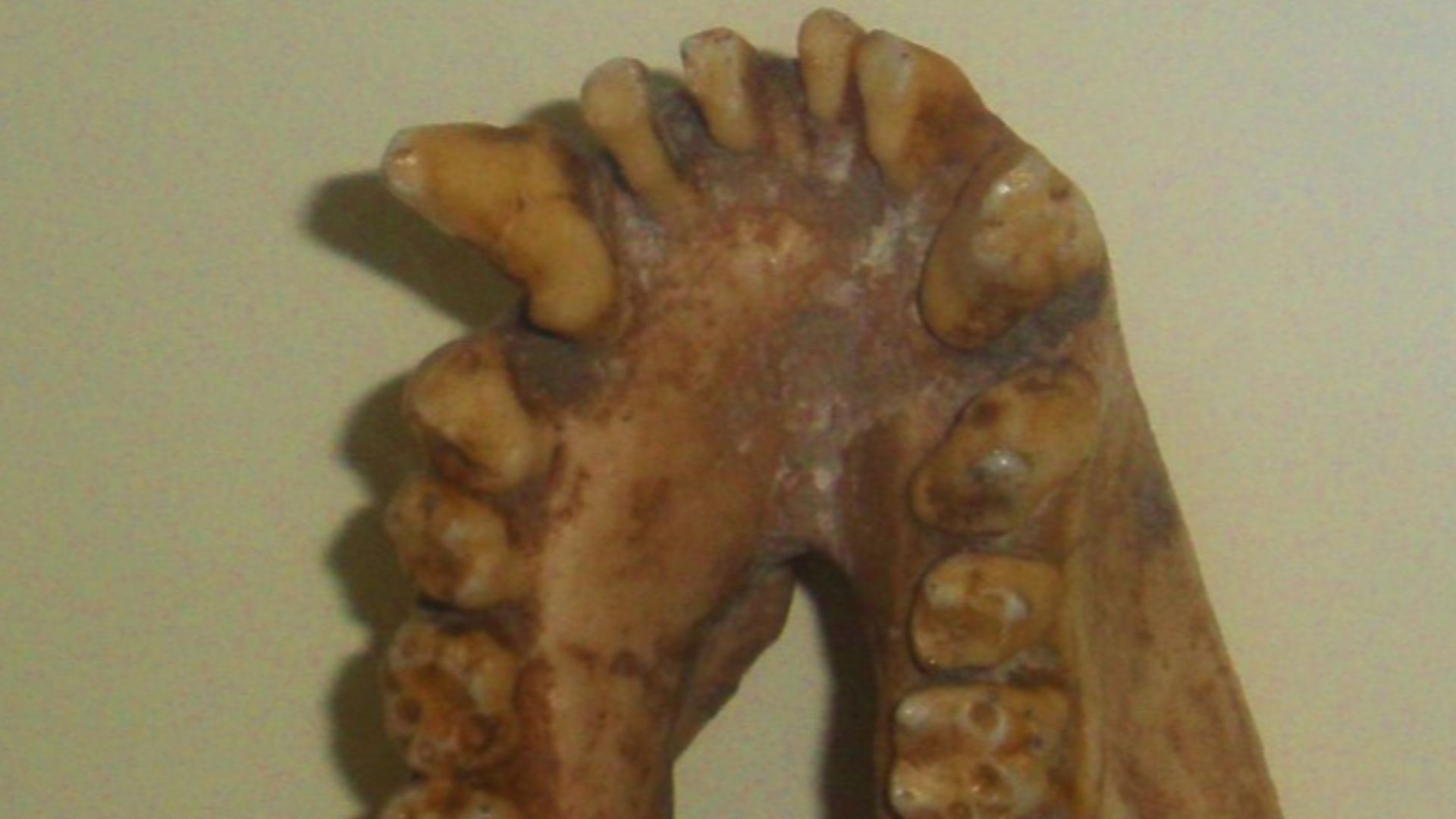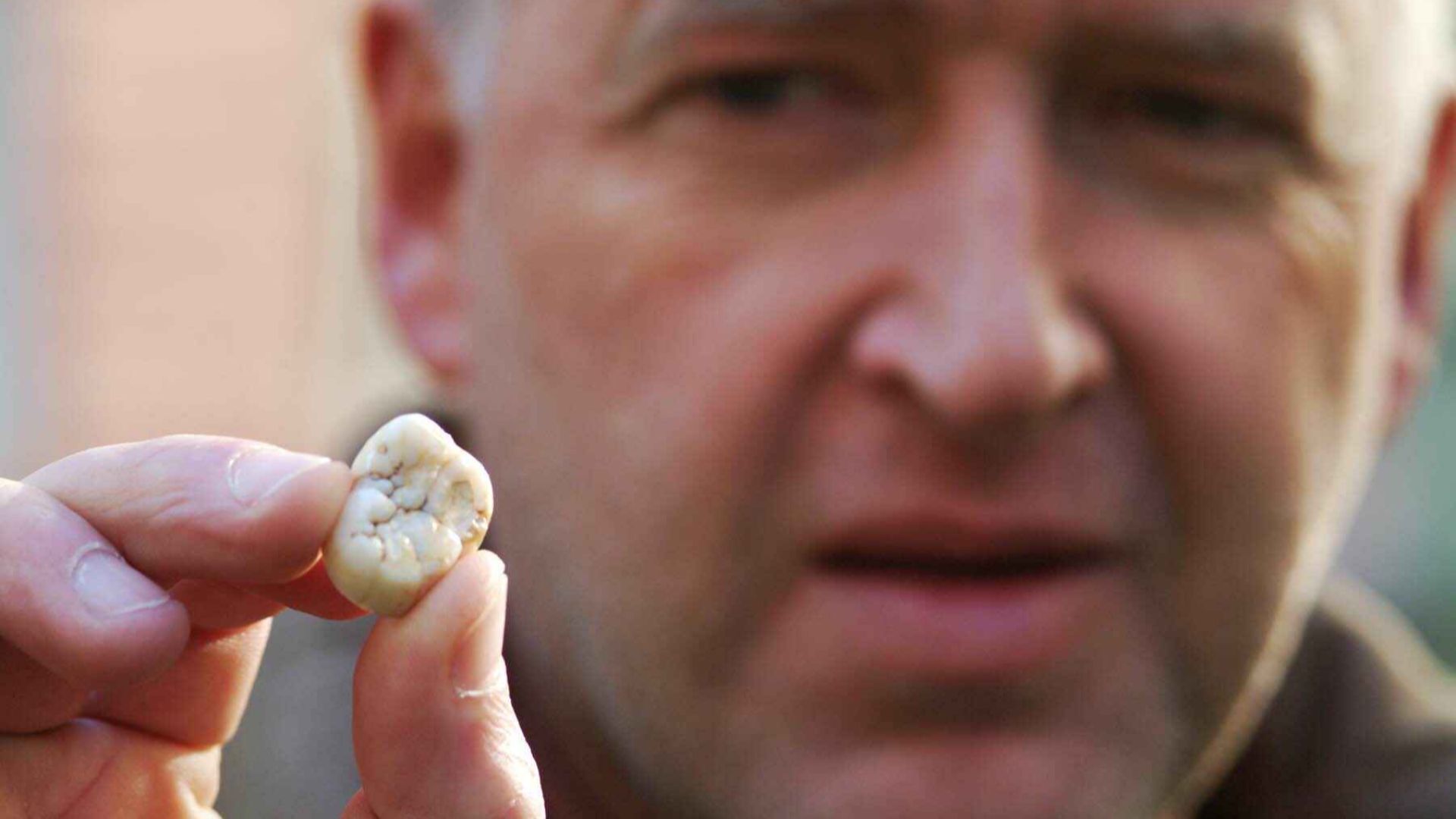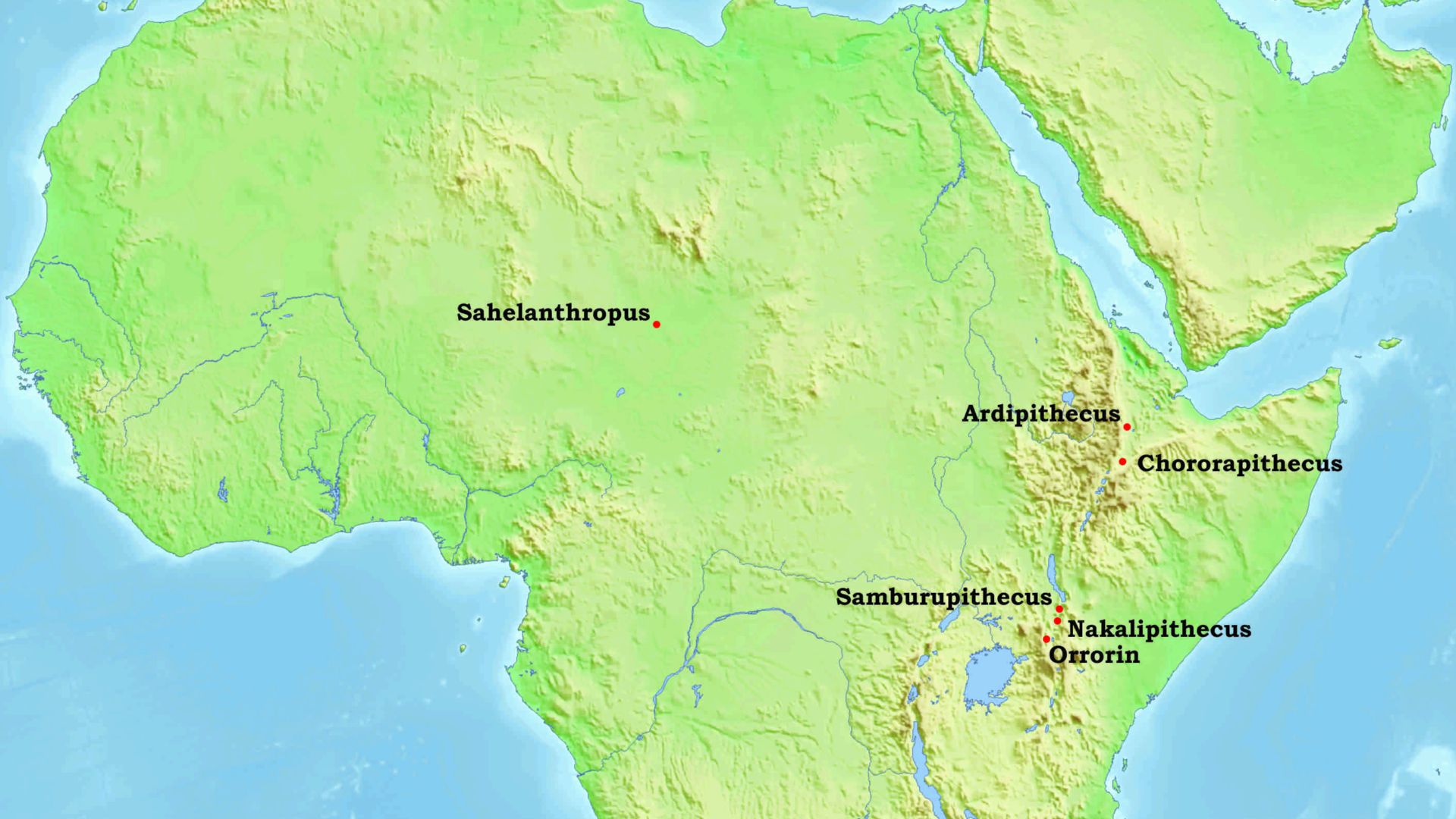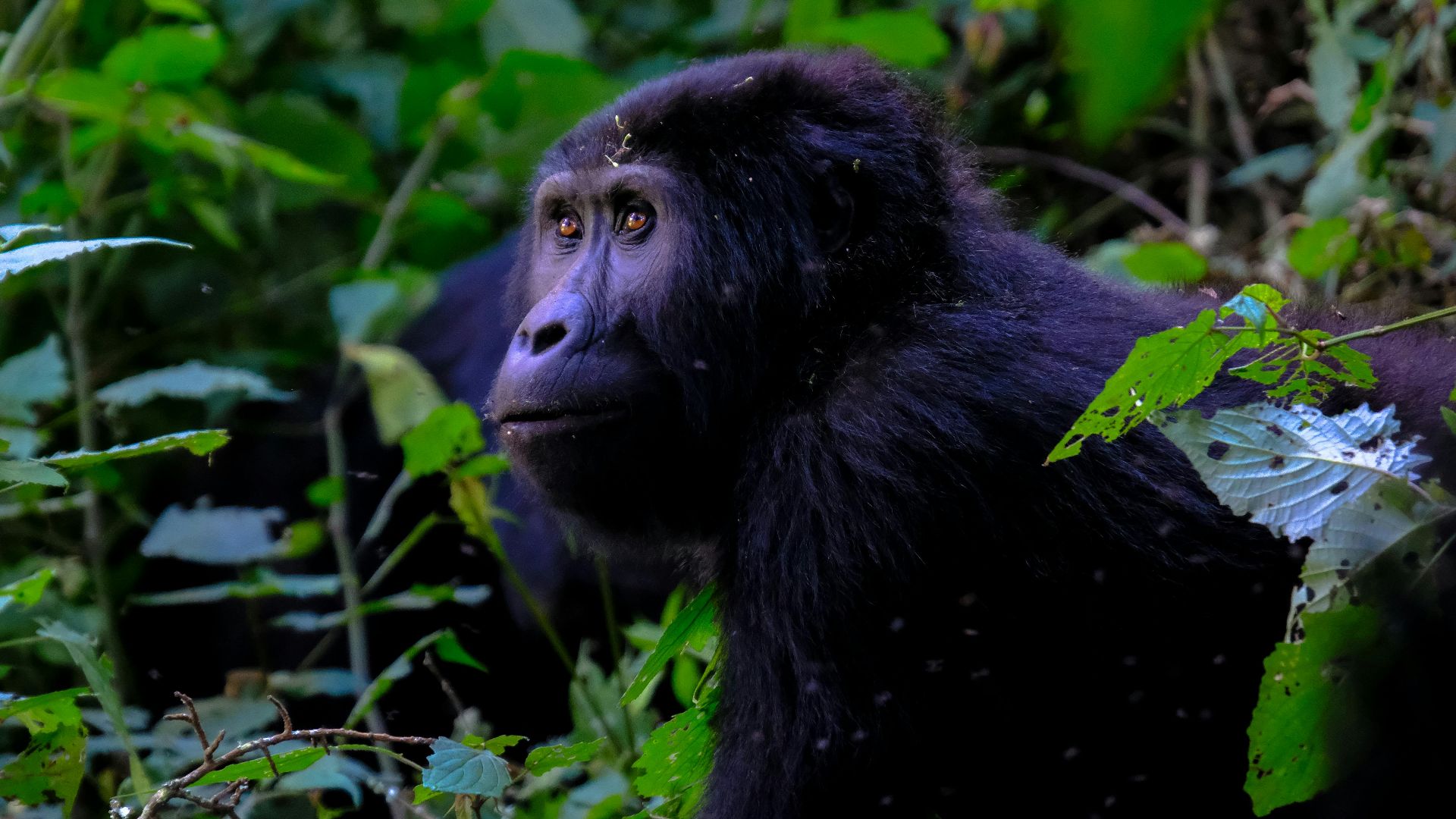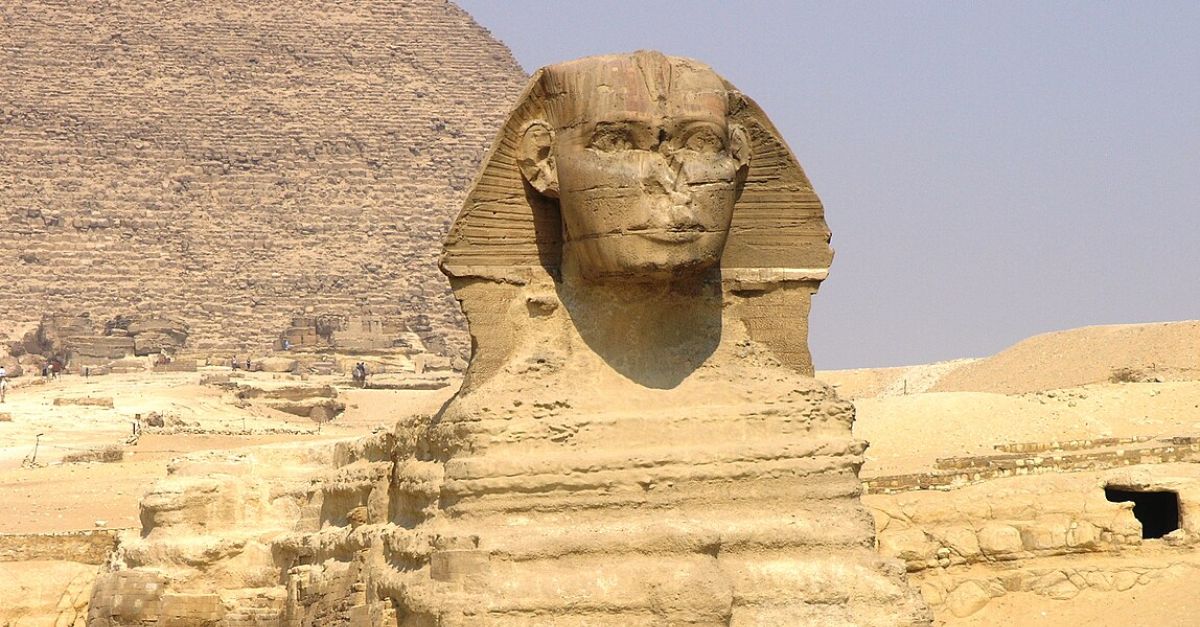Remains That Rewrote The Clock
It started with a few teeth in volcanic soil. But what followed was a major reset of the evolutionary timeline. This fossil pushed the gorilla lineage deeper into prehistory and opened new paths to explore where—and how—our species first began to diverge.

Unearthed In Ethiopia's Chorora Formation
In the dry highlands of Ethiopia's Afar region, nine teeth surfaced from eroded Miocene sediments in 2007. These remains, excavated from the Chorora Formation, date back millions of years. Their age (revealed later) was determined through argon-argon dating of volcanic layers sandwiching the fossil-bearing stratum.
 Didier Descouens, Wikimedia Commons
Didier Descouens, Wikimedia Commons
Unearthed In Ethiopia's Chorora Formation (Cont.)
Set near ancient Awash River paths, the Chorora site lies in the western part of the Afar Rift. Miocene studies show sediment layers and pollen from grasses and woody plants supporting a wooded grassland habitat. These conditions would have been ideal for early apes, such as Chororapithecus, to thrive.
The Fossil Named Chororapithecus abyssinicus
Scientists assigned the name Chororapithecus abyssinicus to the species based on its discovery location and presumed evolutionary placement. The genus honors the Chorora region, while "abyssinicus" reflects the fossil's Ethiopian origin. It represents one of Africa's earliest known large-bodied apes from the Late Miocene.
Dental Evidence Points To Gorilla Lineage
Close examination revealed dental features strongly resembling modern gorillas. The molars were large, with thick enamel and pronounced shearing crests. These adaptations suggest a diet rich in fibrous plants, and no other known Miocene apes exhibited such dental patterns at this time.
Volcanic Sediments Preserved The Fossil
The teeth were encased in tuffaceous siltstone between volcanic ash layers. The dating analysis that was conducted securely places Chororapithecus at roughly 8 million years ago, within the central phase of the Late Miocene epoch, which spans from 11.6 to 5.3 million years ago.
 Patrick Alexander from Las Cruces, NM, Wikimedia Commons
Patrick Alexander from Las Cruces, NM, Wikimedia Commons
Fossils From The Late Miocene Are Scarce
African fossil records from 10 to 5 million years ago are notoriously incomplete. This interval includes key divergence points for hominins and great apes. The Chororapithecus discovery provided a rare data point within this void by reshaping what little is known about ape evolution in this era.
The Great Ape Split Happened Earlier Than Thought
Genetic models have long placed the gorilla-human split between 8 and 10 million years ago. Since Chororapithecus shows gorilla-like traits at 8 million, the divergence may have occurred earlier, closer to 10 million, though molecular estimates still vary and remain open to interpretation.
Reassessing The Gorilla's Evolutionary Tree
Before this find, no fossil convincingly linked to the gorilla line had been discovered. Chororapithecus introduced a plausible African ancestor for modern gorillas by prompting researchers to reexamine assumptions about ape diversification and the longstanding gaps in the fossil lineage of the gorilla clade.
 Garst, Warren, 1922-2016, photographer, Wikimedia Commons
Garst, Warren, 1922-2016, photographer, Wikimedia Commons
Complicating The Hominin Timeline
If gorillas diverged earlier, then the human-chimpanzee split likely occurred sooner than the estimated 6–7 million years. That timeline affects interpretations of fossils like Sahelanthropus tchadensis and Orrorin tugenensis, whose placement as early hominins depends heavily on the spacing between lineage splits.
 Didier Descouens, Wikimedia Commons
Didier Descouens, Wikimedia Commons
Complicating The Hominin Timeline (Cont.)
Sahelanthropus, dated at about 7 million years, may no longer sit at the edge of the chimp-human split if that divergence happened earlier. Likewise, Orrorin, from Kenya and dated to 6 million years, may fall deeper into the hominin branch—or outside it—depending on revised evolutionary spacing.
The Find Undermines Eurasian Origin Theories
In past decades, discoveries such as Dryopithecus in Europe supported the idea of a Eurasian origin for great apes. But the African context of Chororapithecus at 8 million years weakened that claim. It reinvigorated the idea that Africa, not Europe, was the evolutionary homeland for gorillas and possibly all great apes.
The Find Undermines Eurasian Origin Theories (Cont.)
Dryopithecus, found in Spain and Hungary, lived between 12.5 and 9 million years ago and has long been considered a possible ancestor of the great apes. The absence of clear transitional fossils to African apes weakens this link, though some researchers still consider it a contributor to ape diversification.
Why Gorilla Fossils Are Rare In Africa
Gorillas live in wet, acidic forest environments where bone preservation is poor. In contrast, hominin fossils often come from dry, sediment-rich areas like the East African Rift. This environmental difference explains why ape fossils are far rarer than human ancestors in Africa's fossil record.
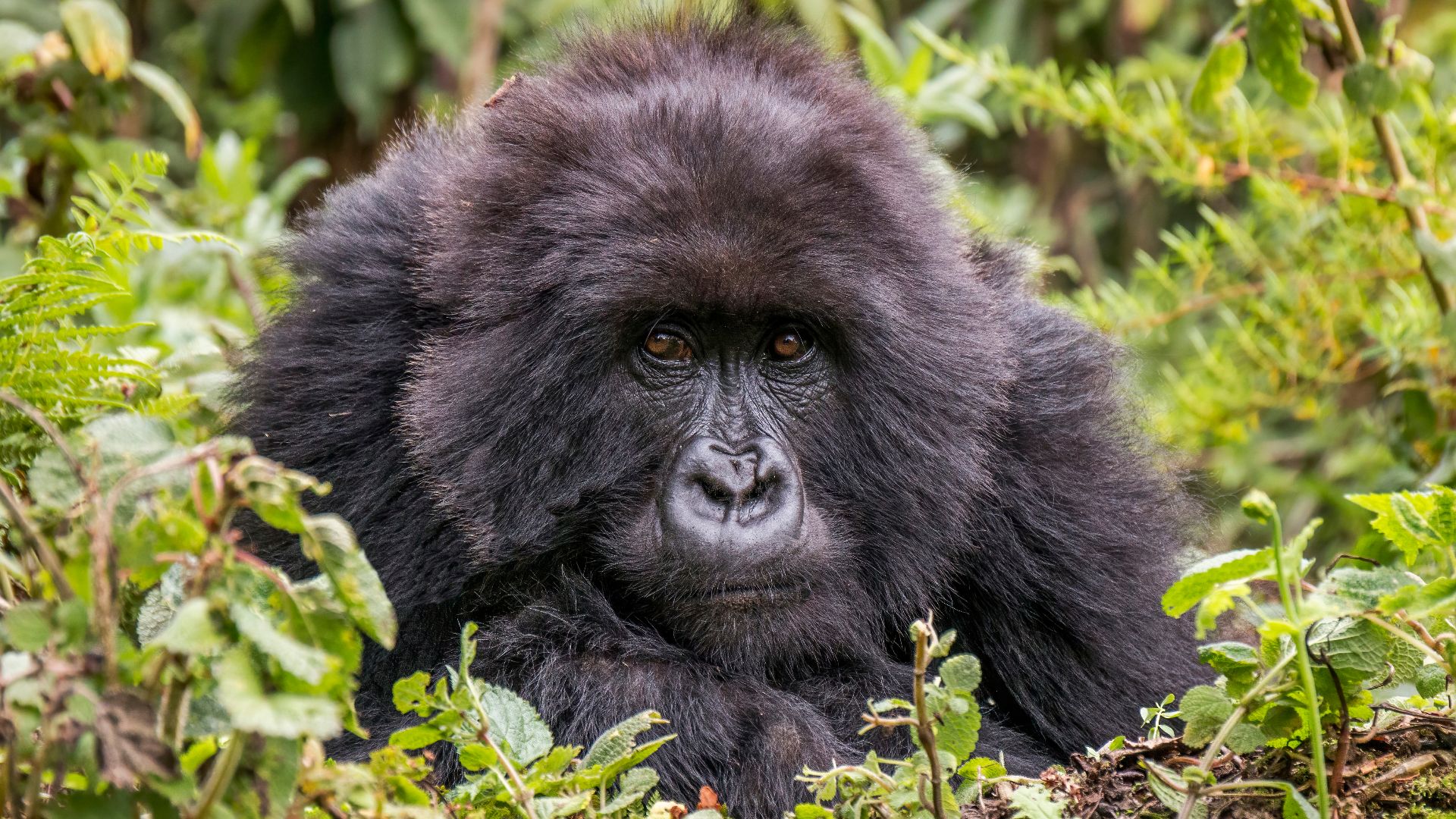 Charles J. Sharp, Wikimedia Commons
Charles J. Sharp, Wikimedia Commons
Not All Scholars Accepted Its Gorilla Affiliation
Skepticism emerged soon after the fossil's publication. Some experts argued that tooth shape alone—especially without cranial or skeletal evidence—was insufficient to firmly place Chororapithecus on the gorilla line. The debate proved just how uncertain classification is when fossil evidence is limited.
The Debate On Morphological Convergence
Teeth, especially molars, often evolve similar features in species with comparable diets. Critics pointed out that thick enamel and shearing crests might not necessarily indicate ancestry but rather an adaptation. This raised the possibility that Chororapithecus evolved gorilla-like traits independently through a process known as convergent evolution.
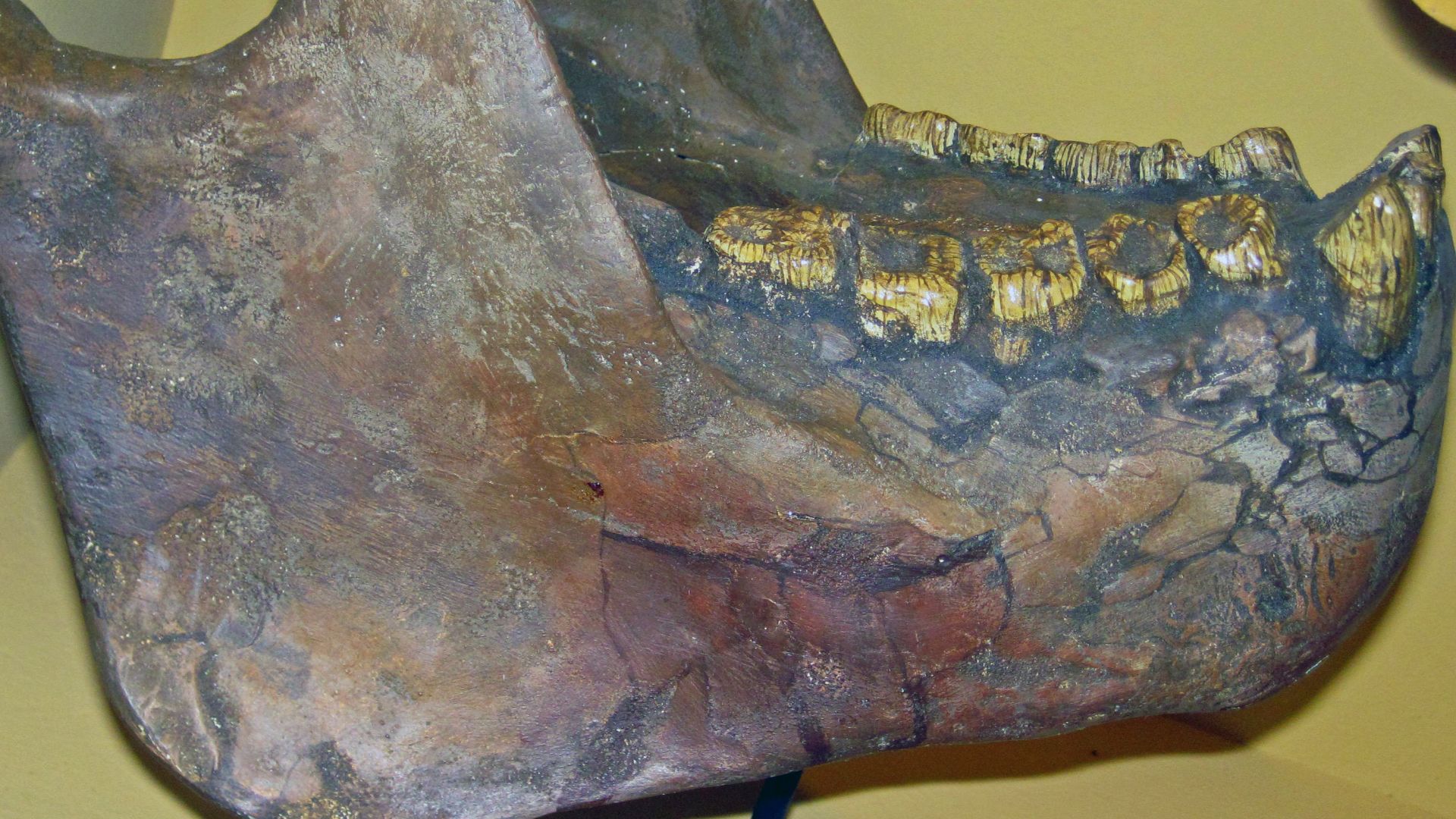 James St. John, Wikimedia Commons
James St. John, Wikimedia Commons
How One Fossil Affected Genetic Models
The discovery challenged the stability of DNA-based timelines. Rather than simply shifting divergence dates, researchers investigated how population size and generational turnover could influence molecular clocks. This fossil prompted a deeper examination of how genetics and geology can work together to reconstruct primate evolution.
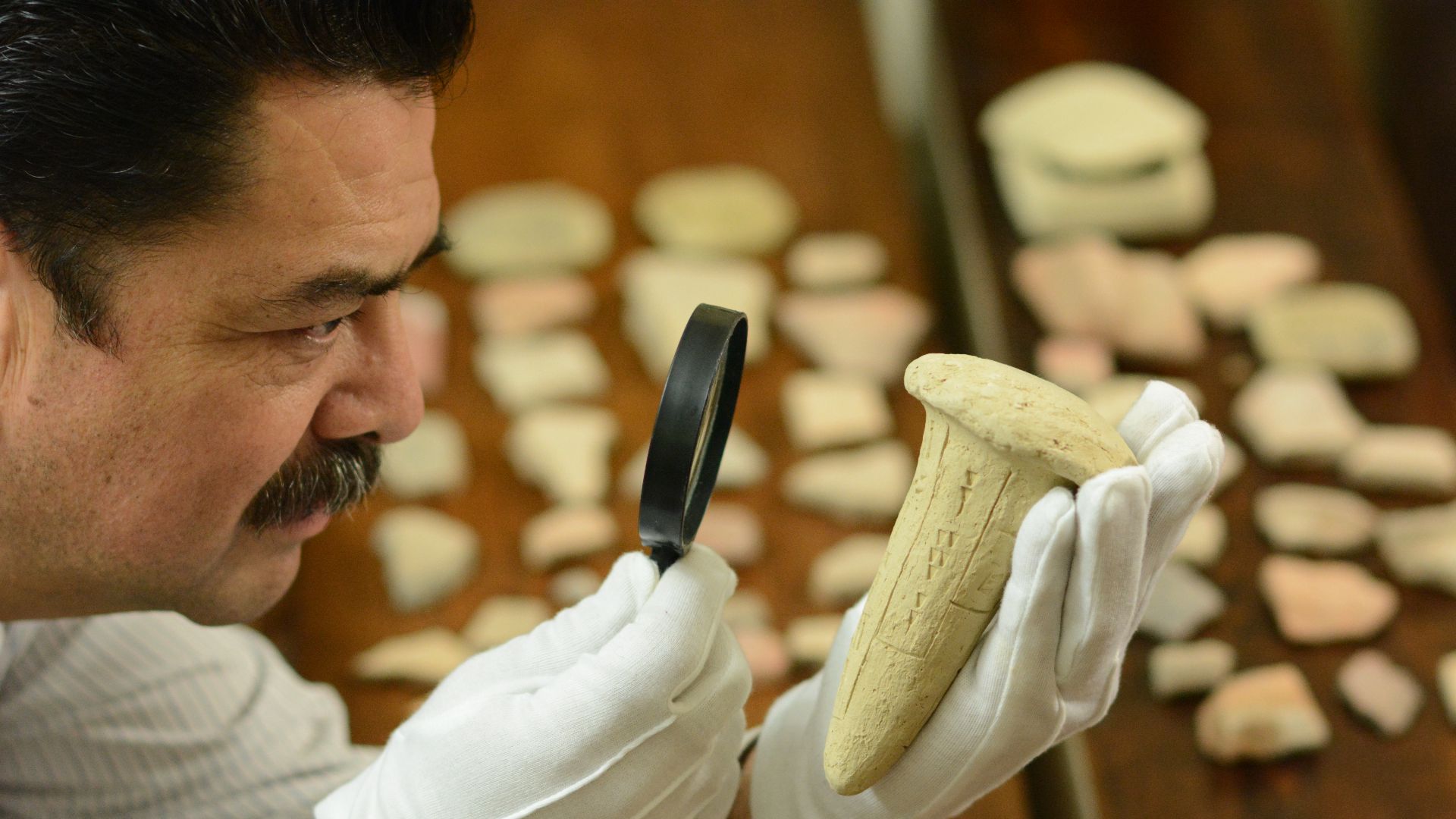 Santabiblia, Wikimedia Commons
Santabiblia, Wikimedia Commons
Teeth As Evolutionary Clues
Despite the debate, dental remains are still central in primate paleontology. Enamel thickness and wear patterns can reveal diet and lineage. In Chororapithecus, these clues pointed to herbivory and forest habitats by aligning it more with gorillas than with other Miocene apes found in Africa.
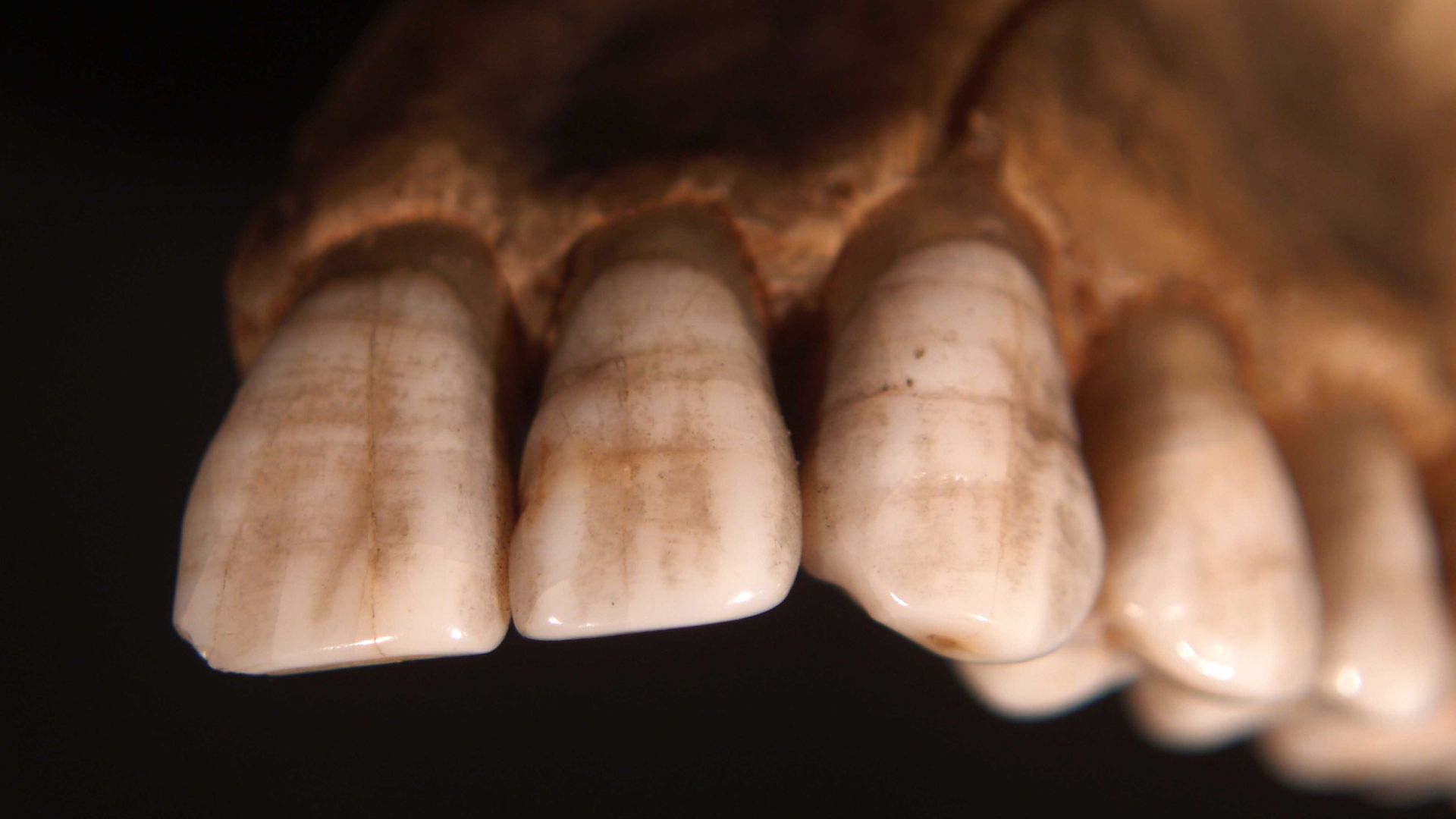 Otis Historical Archives Nat'l Museum of Health & Medicine, Wikimedia Commons
Otis Historical Archives Nat'l Museum of Health & Medicine, Wikimedia Commons
Comparing Chororapithecus To Modern Gorillas
Today's mountain gorillas thrive on stems and bark. Their thick enamel helps process fibrous vegetation. Chororapithecus displays similar dental traits, which suggests a parallel diet. Although the evolutionary distance remains uncertain, the resemblance suggests shared ecological adaptations rather than random coincidence.
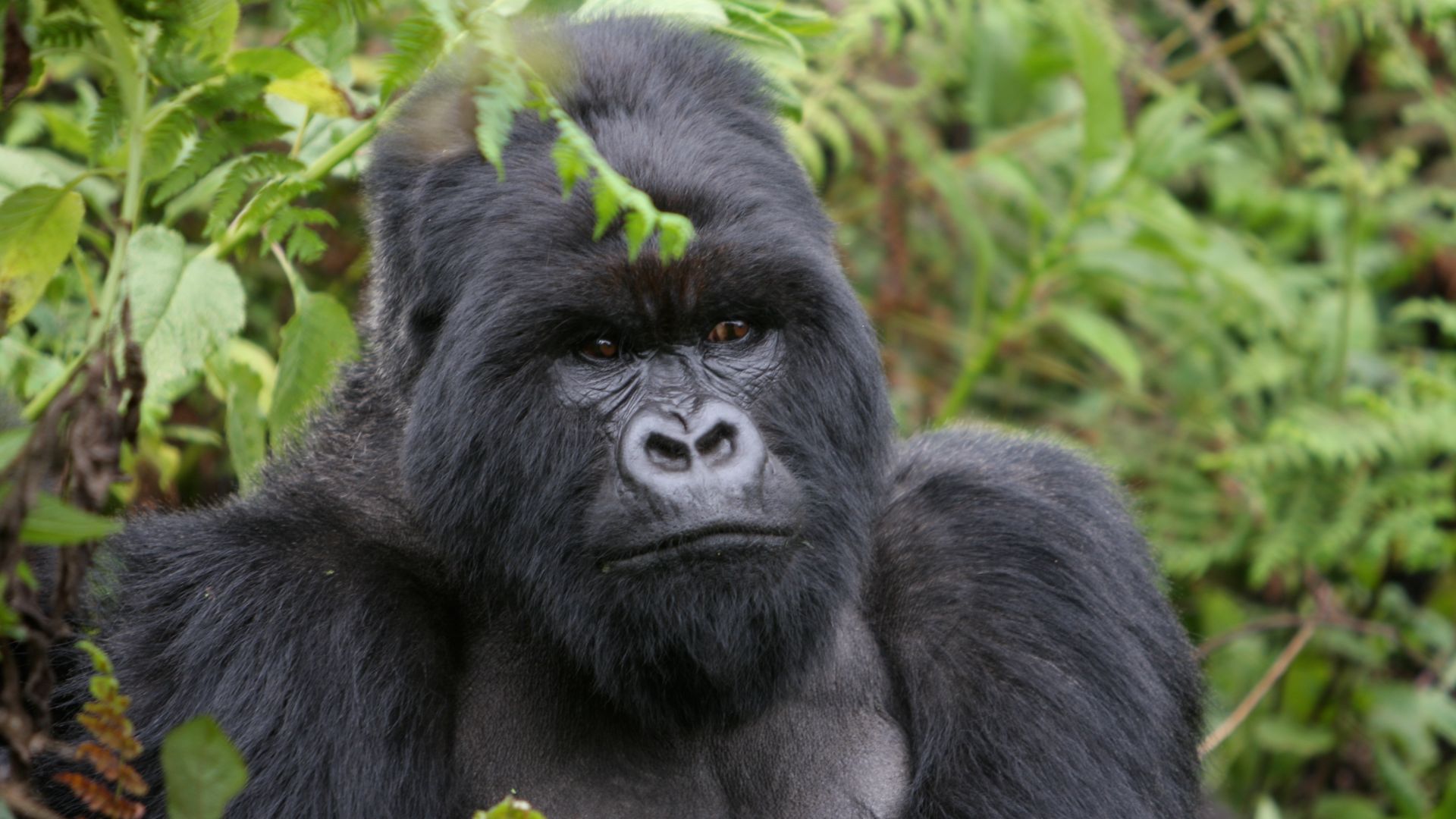 U.S. Fish and Wildlife Service Headquarters, Wikimedia Commons
U.S. Fish and Wildlife Service Headquarters, Wikimedia Commons
Miocene Africa Was A Primate Hotspot
Fossils of Nakalipithecus and now Chororapithecus reveal a vibrant ape presence across Miocene Africa. These species, spread from Kenya to Namibia, show that Africa was more than a Eurasian corridor. It became a center for innovation in primate evolution, possibly even the launch site of this evolution.
Filling The "Ghost Lineages" In Ape Evolution
Ghost lineages are hypothetical branches predicted by molecular clocks but are missing in fossil data. Chororapithecus, dated to 8 million years ago, fits one such gap in the gorilla lineage. Its discovery narrowed the divide between what genetics predicted and what the ground had failed to yield.
 MariyaShubina, Wikimedia Commons
MariyaShubina, Wikimedia Commons
Why Gorillas May Have Split First
Genetic studies propose that gorillas diverged before humans and chimpanzees. If correct, Chororapithecus likely represents this earlier branching. Unlike hominin fossils that emerged 6 million years ago, this ape appears fully committed to herbivorous adaptation, which supports the view that gorillas formed their evolutionary track earlier.
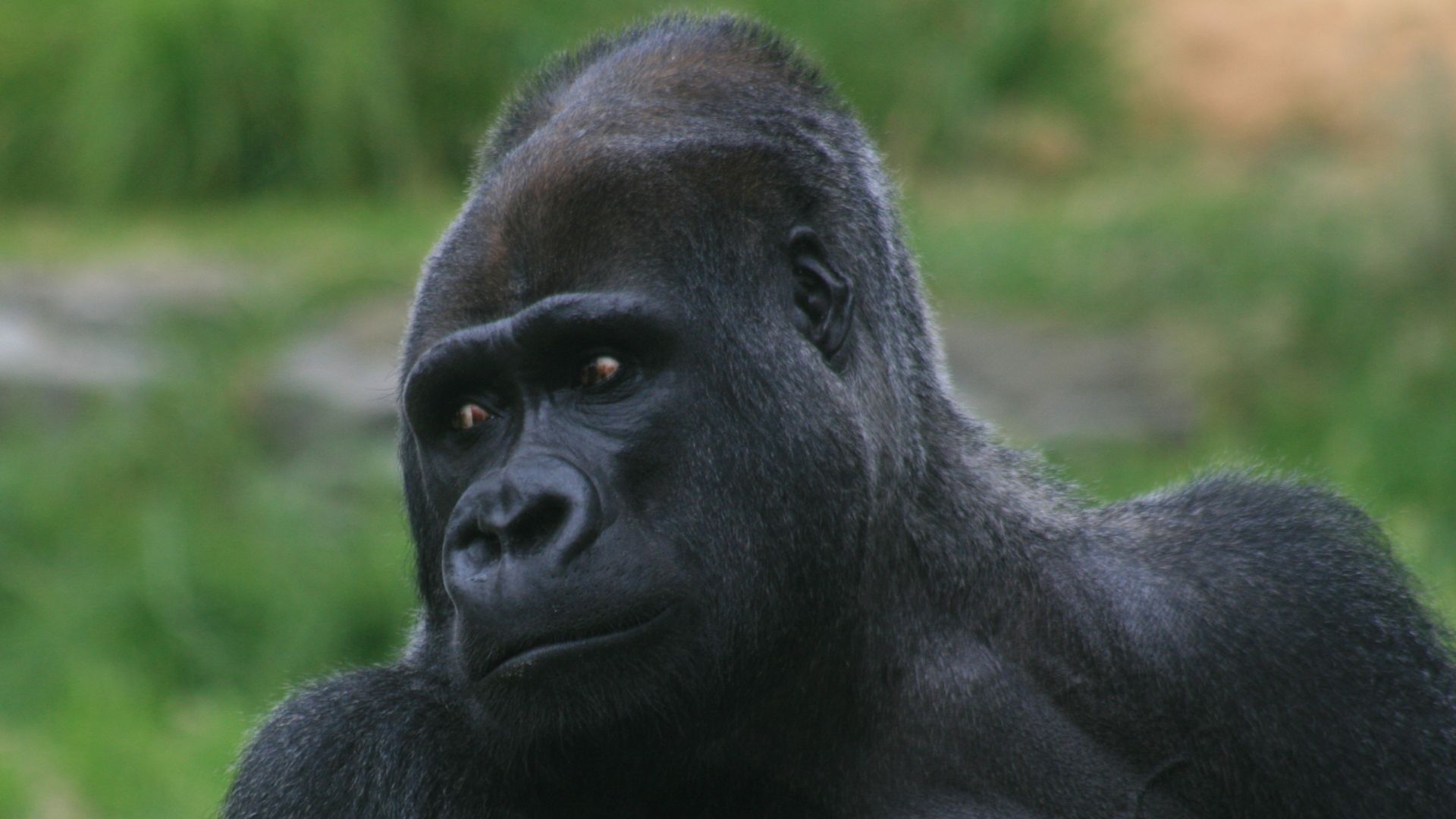 Brocken Inaglory, Wikimedia Commons
Brocken Inaglory, Wikimedia Commons
Why Gorillas May Have Split First (Cont.)
Mitochondrial DNA suggests gorillas split from the human-chimp line 10–12 million years ago, yet fossils from this era remain rare. While Chororapithecus helps fill that gap, the lack of bones beyond teeth still prevents scientists from confirming where it fits in the gorilla evolutionary story.
 Giles Laurent, Wikimedia Commons
Giles Laurent, Wikimedia Commons
An Ancestral Clue Beneath The Canopy
Forests conceal more than shade, and fossils like Chororapithecus help trace species whose bones rarely fossilize in wet conditions. Since the dense canopy it may have inhabited complicates discovery, its preserved traits reveal how evolution shaped primates long before the arrival of the hominin spotlight.
The Fossil Remains Are Still Under Review
As of 2025, Chororapithecus is still known only from nine isolated teeth found between 2005 and 2007 in Ethiopia's Chorora Formation. No additional skeletal remains have been reported. This scarcity continues to limit firm conclusions about its place in ape evolution and links to modern gorillas.
 John Fleagle, Wikimedia Commons
John Fleagle, Wikimedia Commons
More Fossils Could Confirm the Link
Without cranial or postcranial bones, Chororapithecus' placement in evolution remains tentative. However, continued excavations in Ethiopia's Afar region aim to change that. If future digs uncover a skull or limb bones, scientists may be able to verify whether it truly belongs on the gorilla line.
 Steven Brandt, Wikimedia Commons
Steven Brandt, Wikimedia Commons


